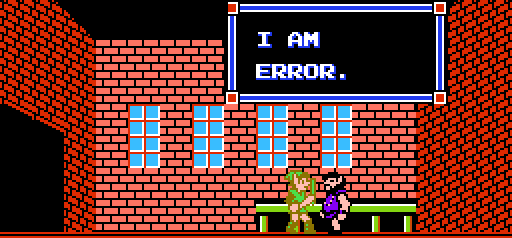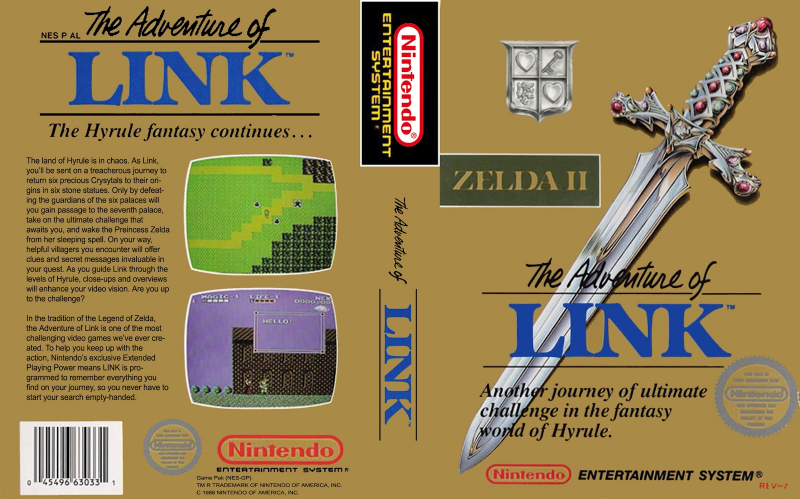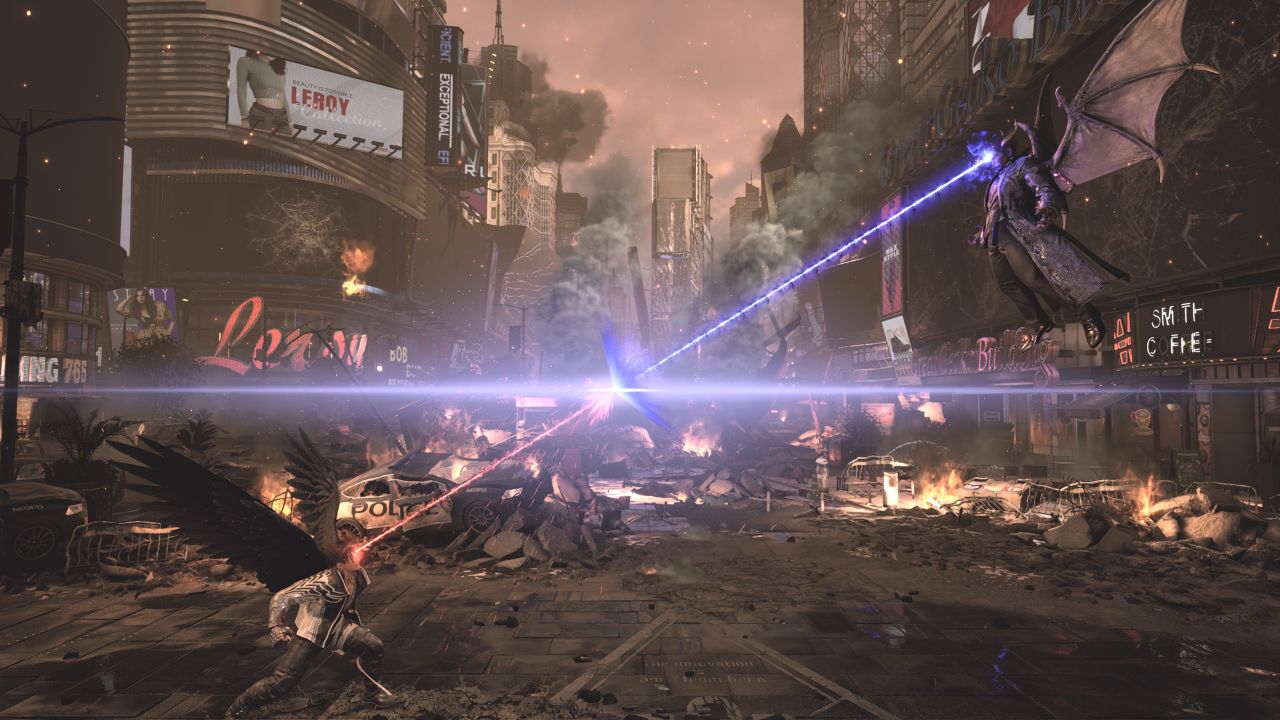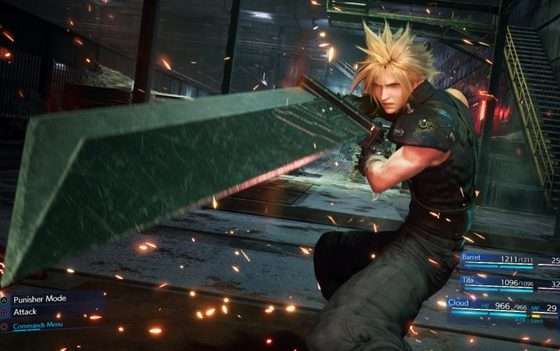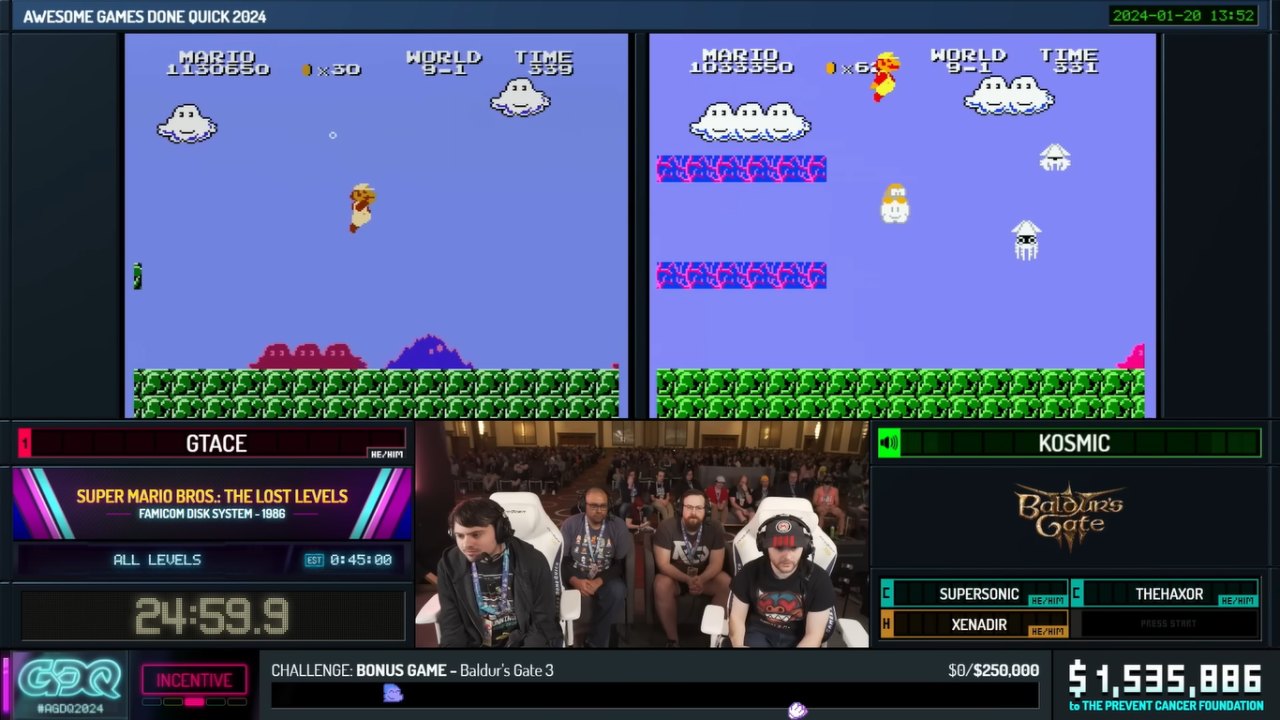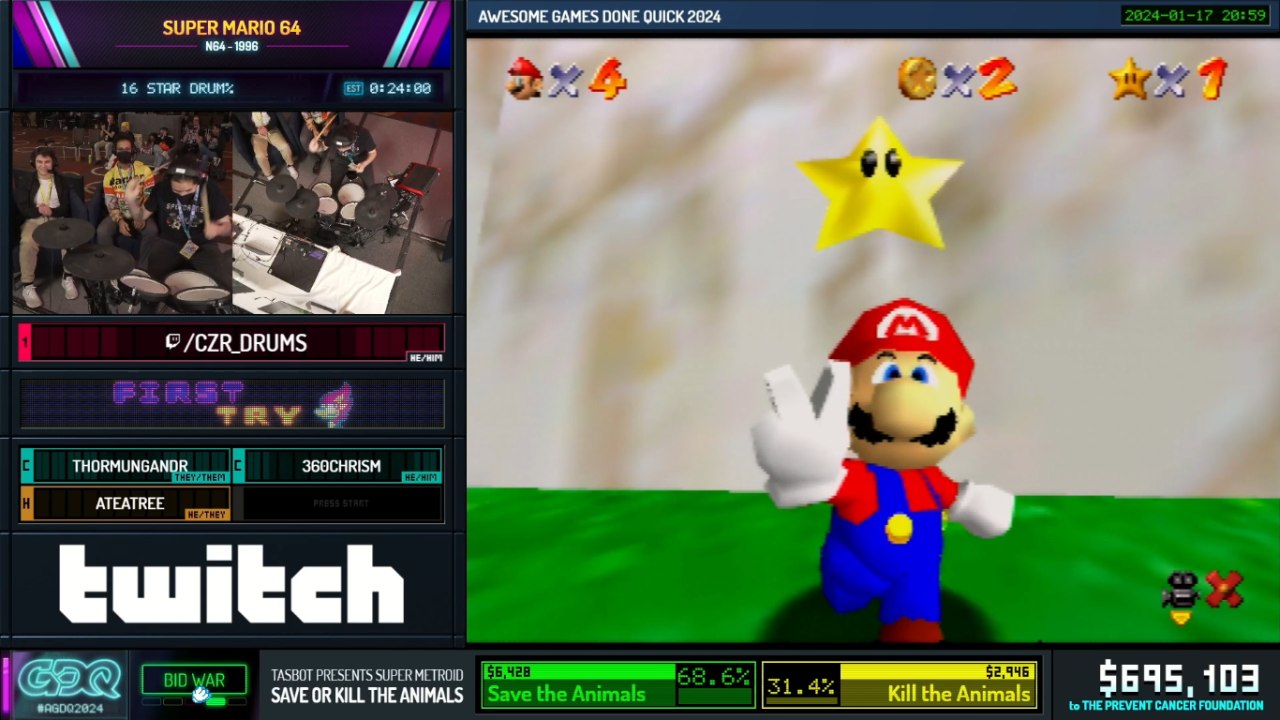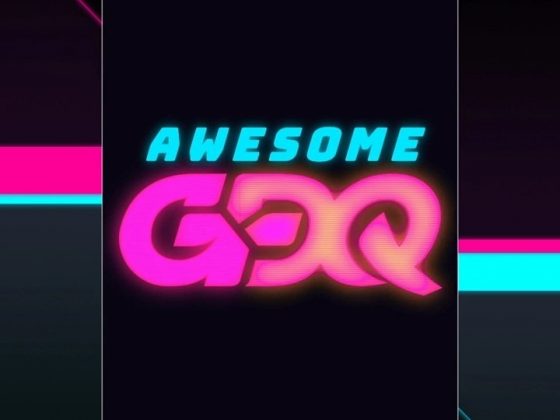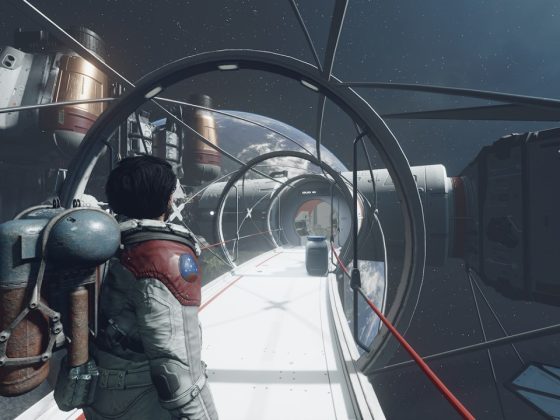Often called the black sheep of the franchise (when they haven’t already used that for Majora’s Mask or the portable versions with odd gimmicks) Link’s Adventure is a unique spin on the series’ hallmarks with deep and challenging combat.
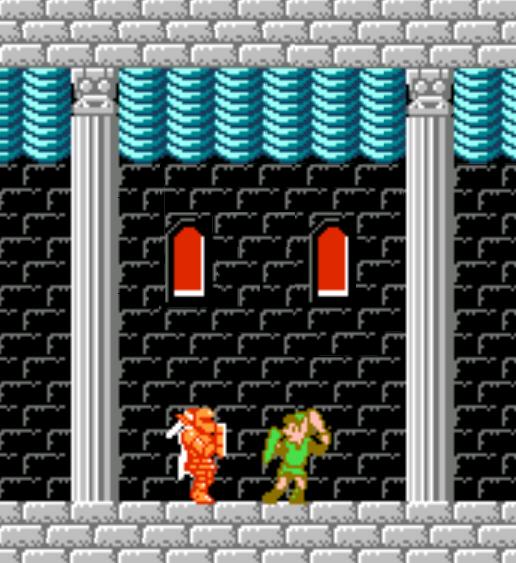
Zelda II retained the original’s top-down perspective for world map traversal, but switched to side-scrolling for everything else. Side scrolling combat makes up the majority of the play and it is quite challenging. While top down and 3D Link has many options of going around enemies, 2D side-scroller Link must face enemies head on. Jumping and dodging is effective but much more challenging and sometimes not possible as agile enemies can quickly backstep and punish.
The battles truly feel like duels as Link can block in his neutral standing position or duck to cover his lower half. Enemy knights telegraph which portion they’re attacking but player’s must be quick on the draw to protect themselves. Enemies can also protect their various bits, so acquiring a direct hit is often challenging.
This is the first of many times I was reminded of Dark Souls. Spamming attack isn’t effective as players must use deliberate timing to find success. I often felt extreme tension in the white-knuckle duels.
Variety
On the limited NES hardware, the dungeons were not particularly different from each other. 3D Zelda’s from Ocarina of Time onwards put a much larger emphasis on environmental problem-solving, thus creating a wonderful variety of environments to solve puzzles in.
Zelda II is all about combat, so it wisely uses a variety of enemies to engage the player throughout the adventure.Just when I had gotten used to a challenging foe, the next area would tweak the formula to negate my previous strategy, forcing me to find a new solution for the combat puzzle.
Putting the RPG in ARPG
Zelda games are usually action based with a few light RPG elements thrown in, like side quests, extending the health bar, acquiring new magic and items etc. Zelda II went much further, handing out experience points and a leveling system that asked tough decisions. Players choose to put points into Attack Power, Health, and Magic, with the experience cost rising each level. Attack is often considered the most useful (at least by speedrunners) but having more health or magic is also incredibly useful.
Link starts with a few lives before a game over sends him back to the beginning. He retains any story-progression items (raft, hammer etc), temples completed, levels gained, but will lose any experience points not already used. If you’re a few points shy of the next big level up, all of those will be gone. This adds even more tension to the fierce duels if Link’s walking around with a giant bag of points.
Let this black sheep back into the flock
Zelda II is often slagged off as too hard and too different. While I shudder at NES children figuring out the obtuse hints on their own, Zelda II actually holds up extremely well today and is much improved with a bare-bones walkthrough pointing you in the right direction. The combat is arguably the best in the series, the challenge is tough but fair, and the satisfaction of progression is immense. If you wished Zelda was a bit more like Dark Souls, check out Link’s Adventure.
